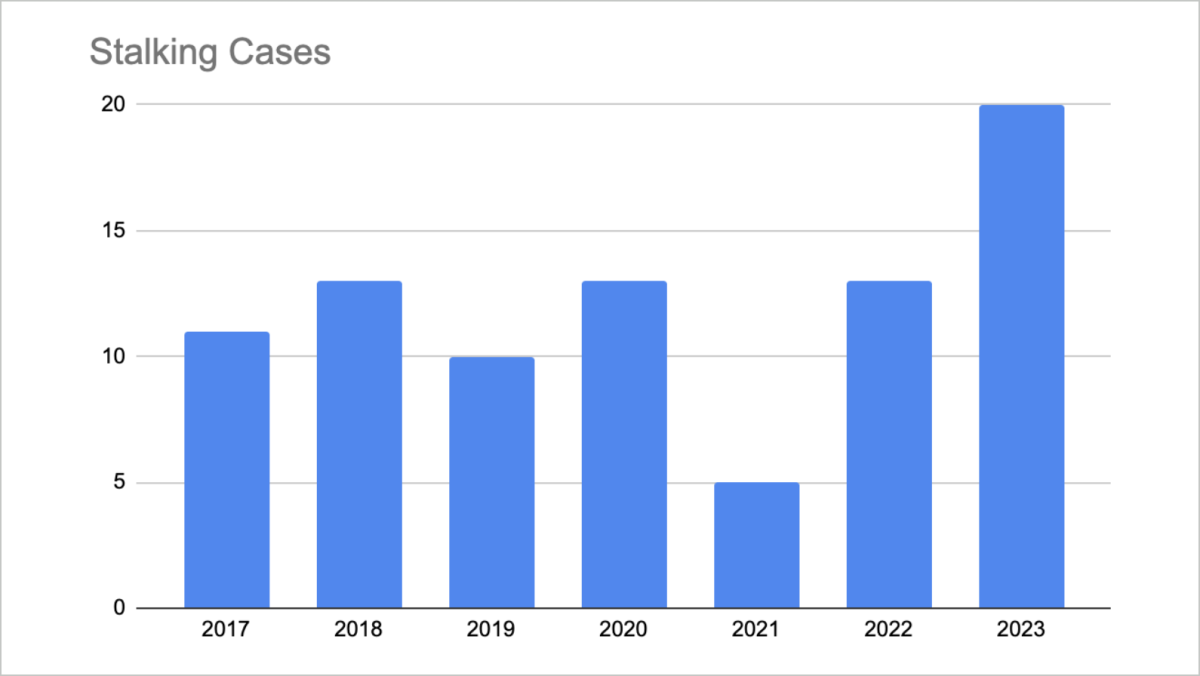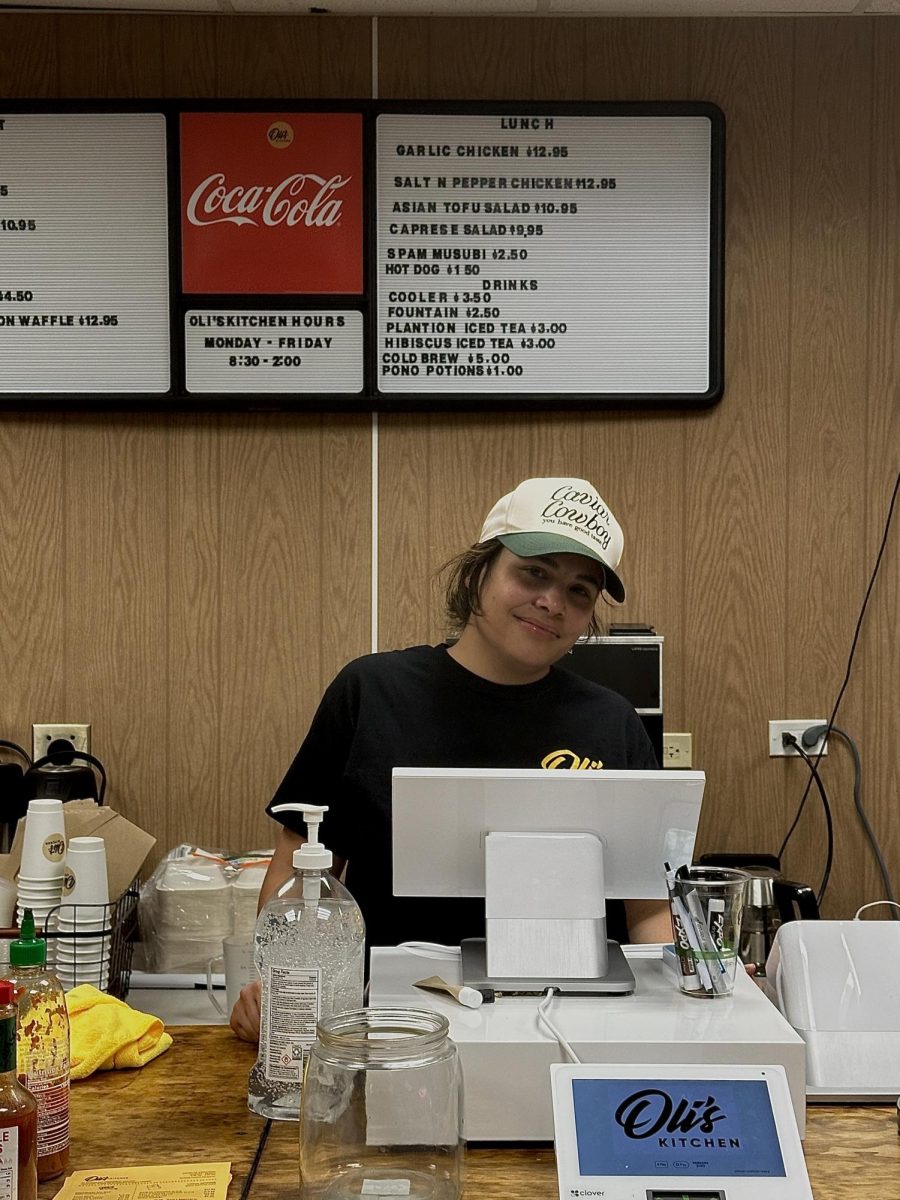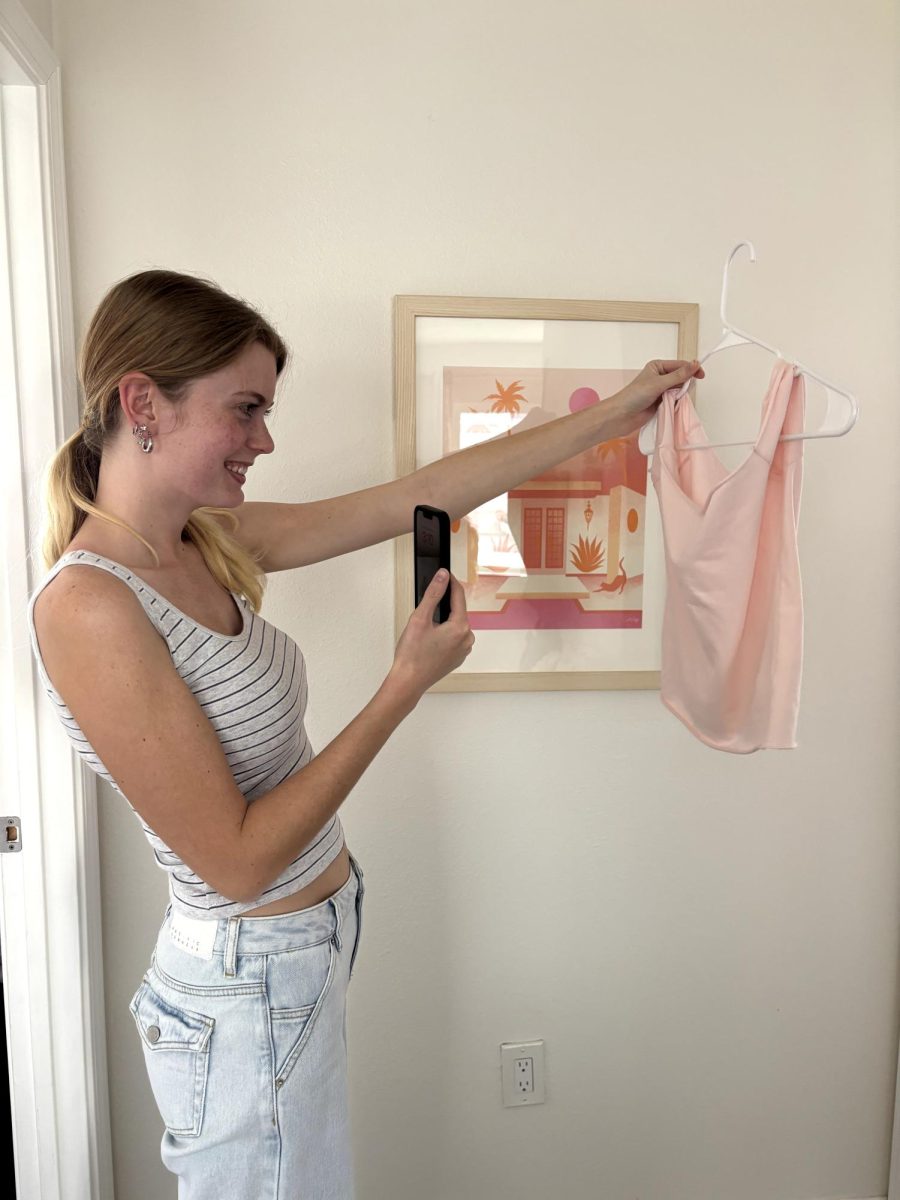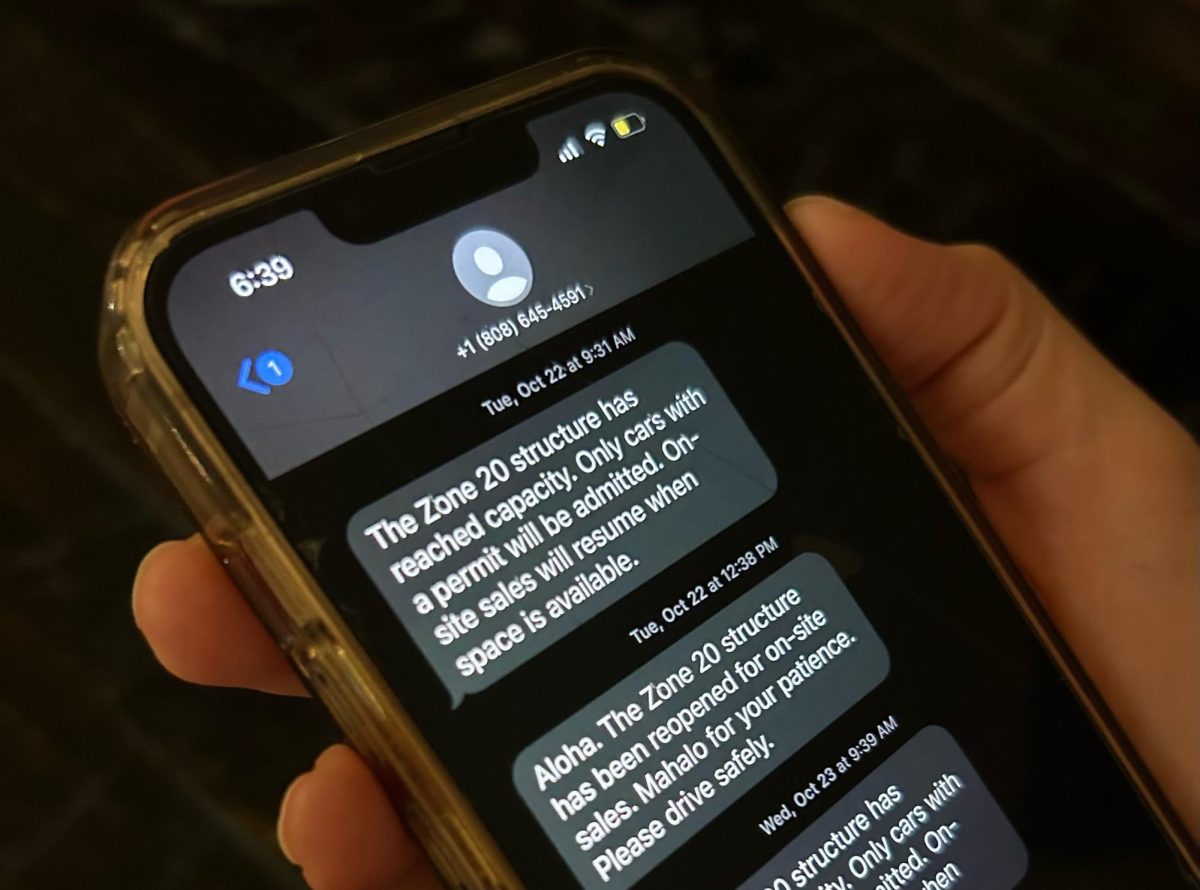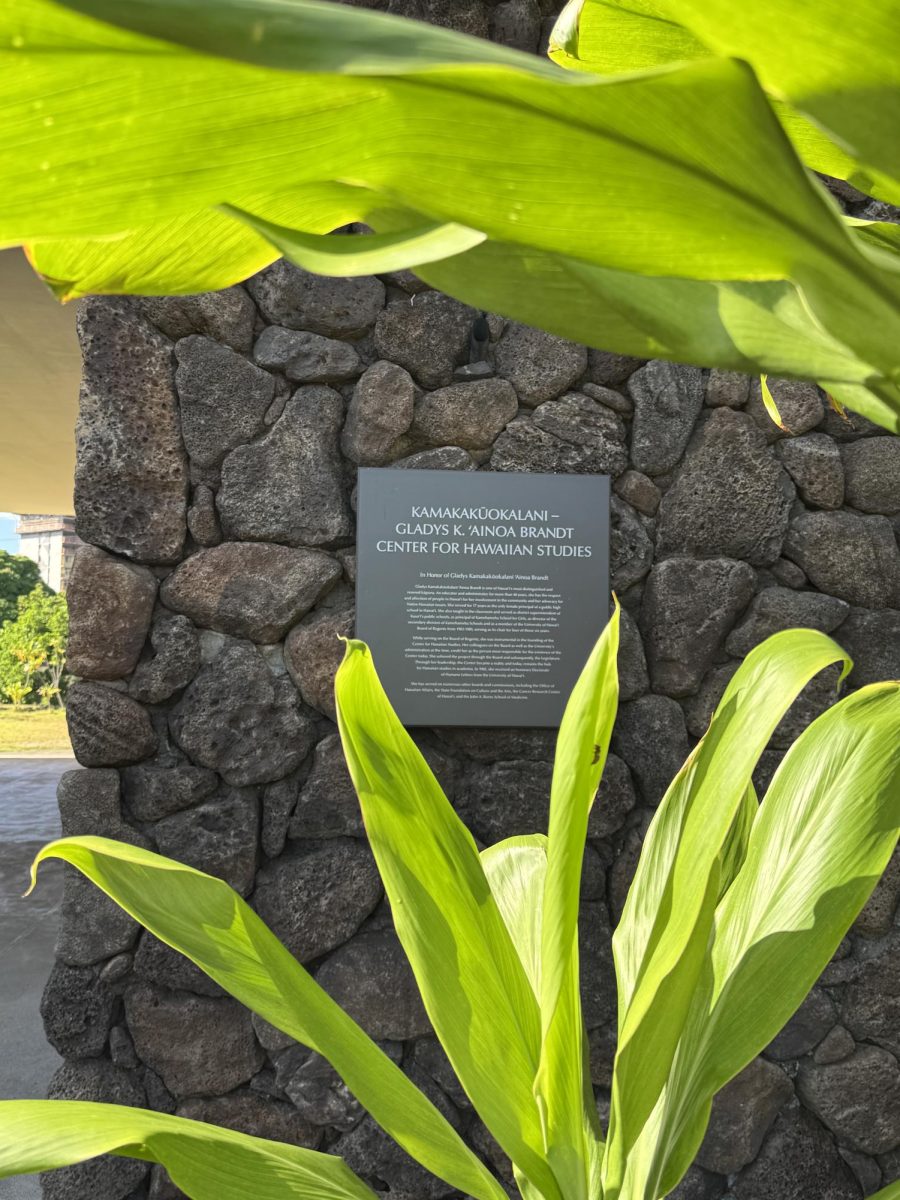The fire that ignited passion, unity and pain in the hearts of Hawaii residents posed a plethora of lessons for reporters. Overwhelming and surprising, the Lahaina fire presented a unique opportunity to reporters in Hawaii.
On a panel at UH hosted by the Society of Professional Journalists in Region 11, various stakeholders in Hawaii-based media shared their experiences on reporting and consuming news from the Lahaina fire.
“This is a different kind of story for us than it is for the rest of the world,” said Dave Briscoe, a retired Associated Press reporter. “The hellscape that was created in Hawaii (from Lahaina), it’s still there. It’s even worse than 9/11. It’s not two buildings; it was a whole town of people living all kinds of lives.”
Urgency fueled the mass reporting that occurred after the fire, he said. Local news outlets had reporters on the island before the ignition.
Chelsea Davis, a Hawaii News Now reporter, was one of the first on the story and spoke about the difficulty of having a strong connection to the community. She immediately knew that her role as a reporter was a priority in sharing the severity of damage for the island she holds close to her heart and to the community members she grew up around.
“It’s still so hard to take it all in,” Davis said. “I remember getting stopped by a resident, and you can tell he didn’t trust me. After all, why should he? I was a stranger with a camera, but I explained to him that people who weren’t in Lahaina had no idea what happened or how bad the destruction was. He needed to share what happened on camera, so we could show the world.”
Being a community member created only a thin barrier between outsider and victim, and in Hawaii, “There’s a different type of respect” said Annalisa Burgos, Hawaii News Now reporter and faculty member in the Journalism program at University of Hawaiʻi at Mānoa. “You don’t come in here as a continental reporter and think that you know everything, even though you have a lot of experience; you show up with humility.”
While uplifting community voices and navigating the situation with a certain sensitivity, panel members said, other lessons presented themselves for both reporters and producers. The role of social media, for example, proved valuable for reporters, panelists said. Submissions of active fires and scenes from Lahaina were everywhere, they added, making social media both an immediate source but a questionable one.
“We relied on what the people were sending us as well as trying to confirm it, talking to them, and trying to get their clearance,” Brenda Salgado, Hawaii News Now’s assistant news director said. “You have to think on your feet, confirm what you’re getting, and move forward with it.”
Videos captured by residents became the center of attention for the international community throughout the duration of the fire, Salgado said. Though instrumental in spreading a message, the lack of service was an obstacle that required an old-fashioned approach.
Knowing there was no method of information transfer, Salgado said she used Starlink for communication, backpacks for resources and company materials that were already on Maui.
Davis added, “Technology failed us in West Maui because everything collapsed. I can see how valuable technology is, but it didn’t work in that case, and that’s when we went back to basics of journalism.”
Disconnected in terms of communication was no obstacle in sharing this story to the state, and eventually the world, panelists said. Coverage of Lahaina spread across continents, leaving watchers dismayed at the sight of such destruction. Though difficult for admirers of the island, some who live within the archipelago confronted the feeling of dismay for those affected.
“We’re separated by islands,” Briscoe said. “You would think we may not be as interconnected as we are, but when anything happens on these islands, we all feel it.”



